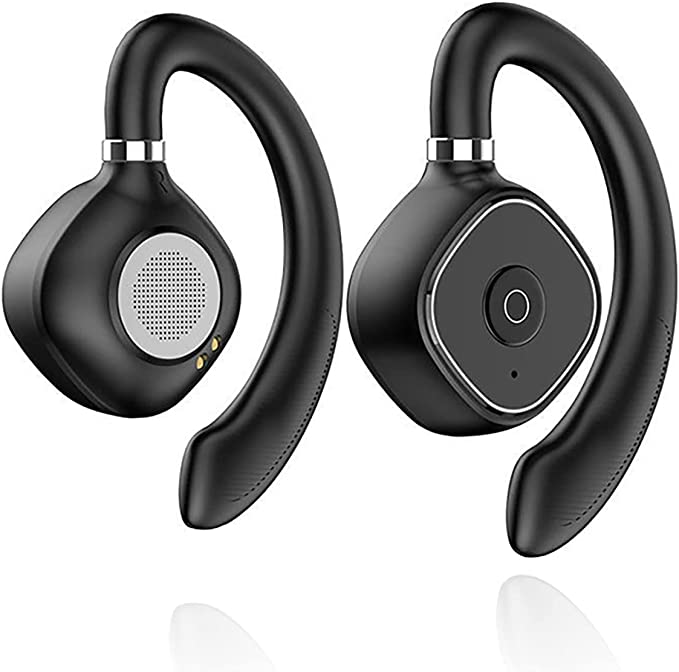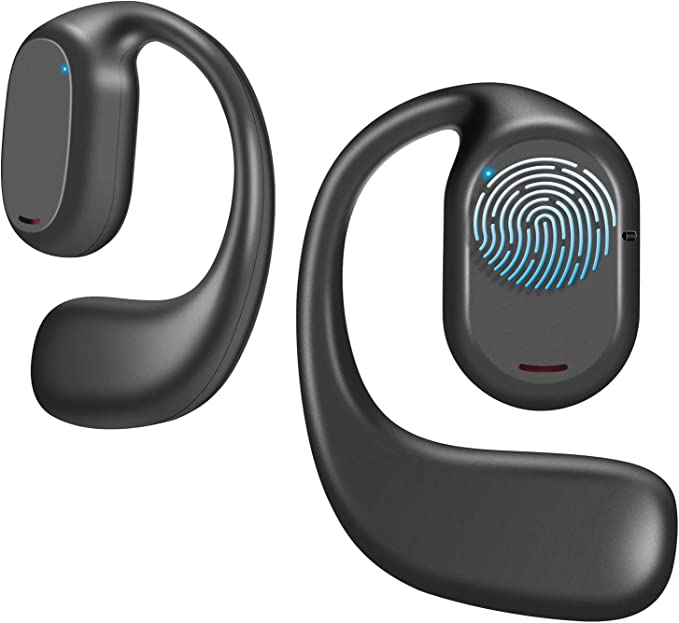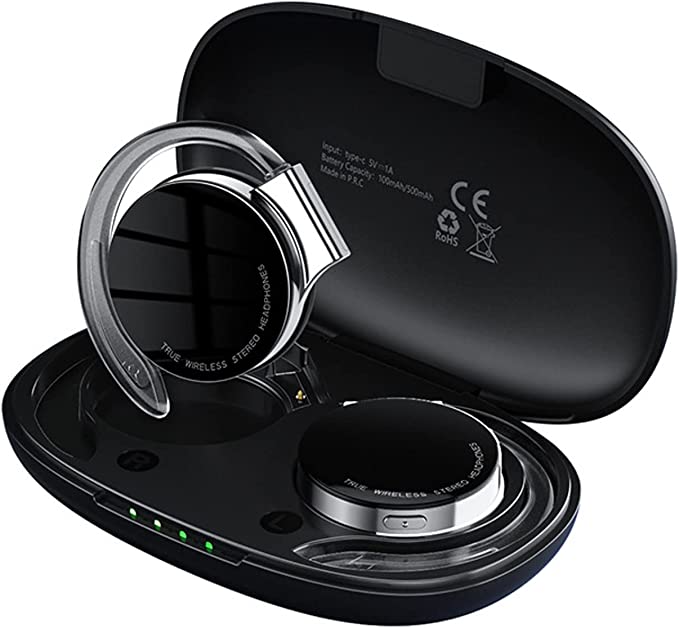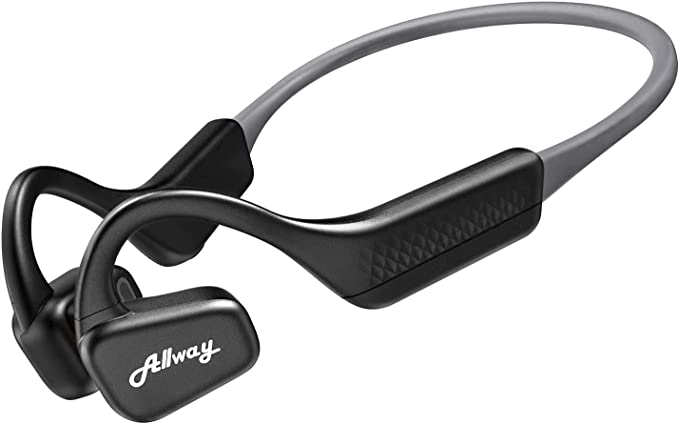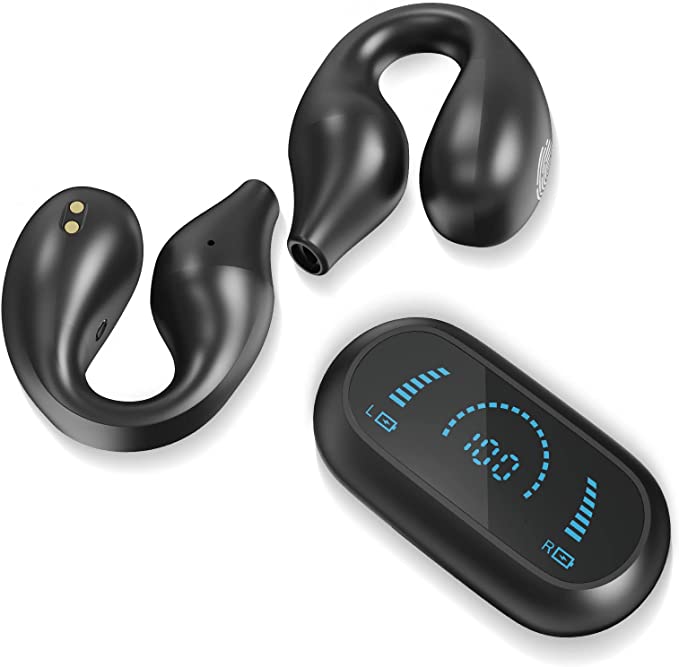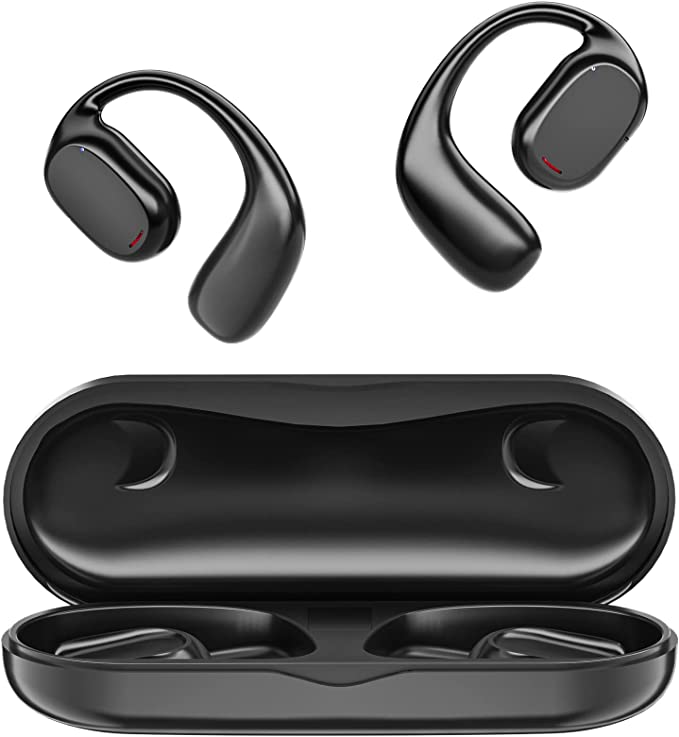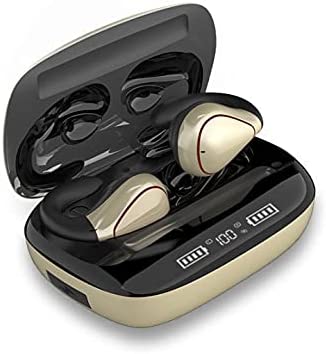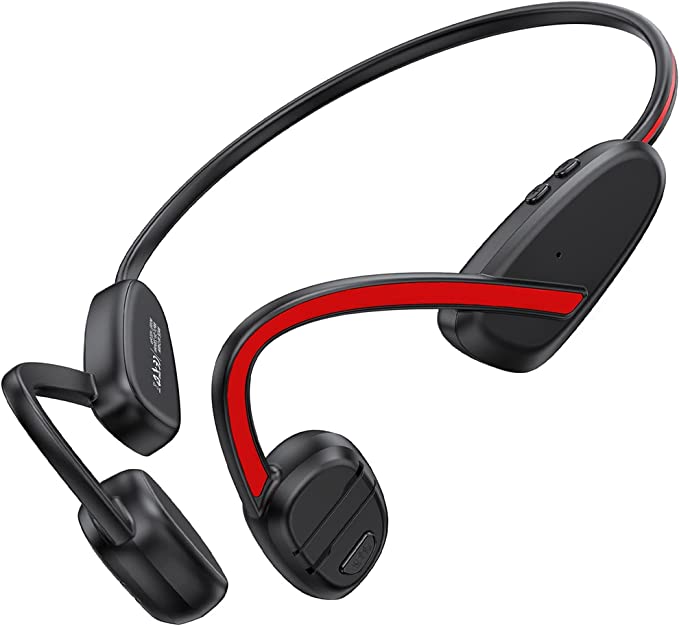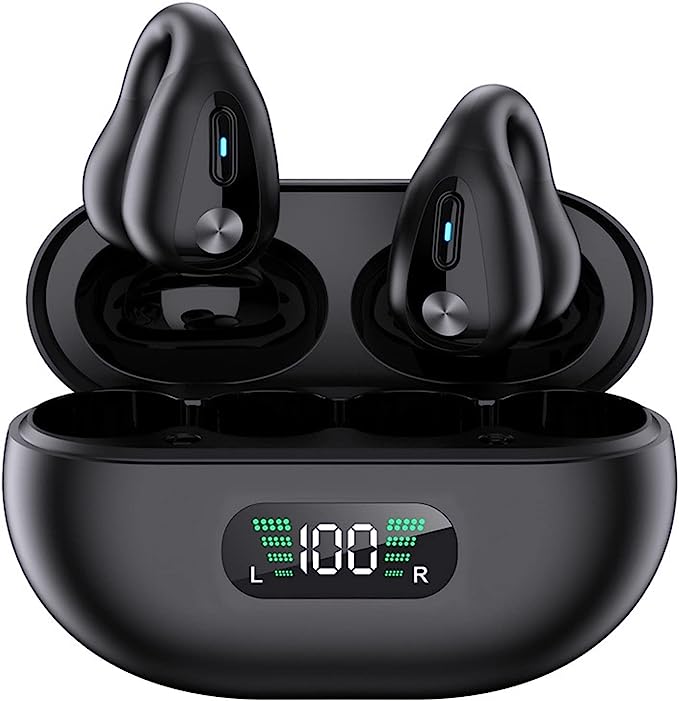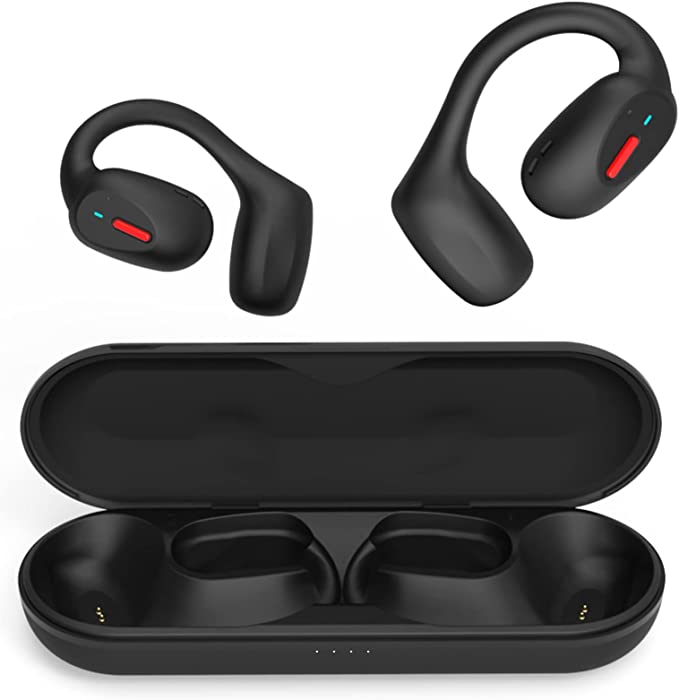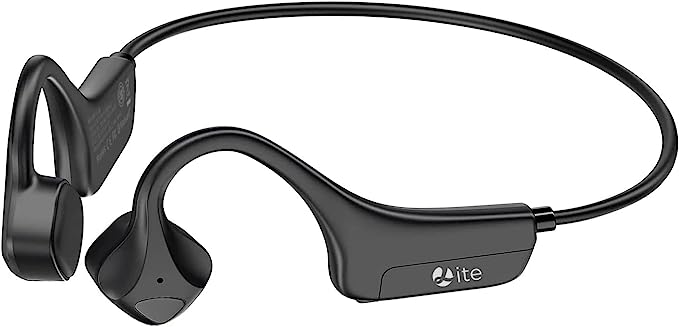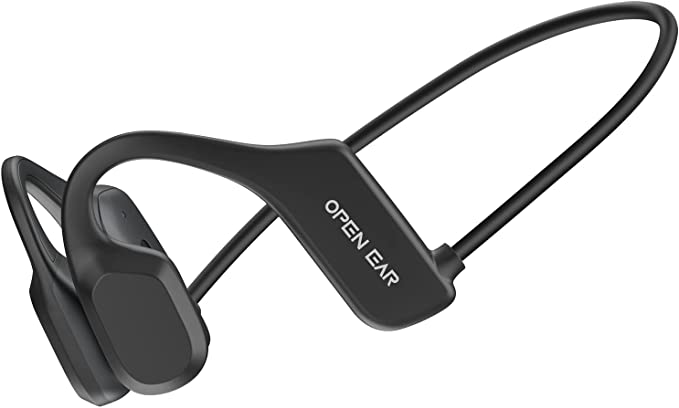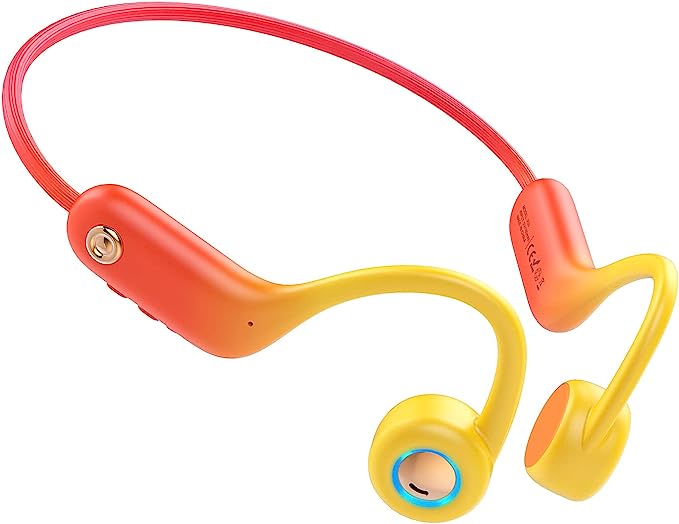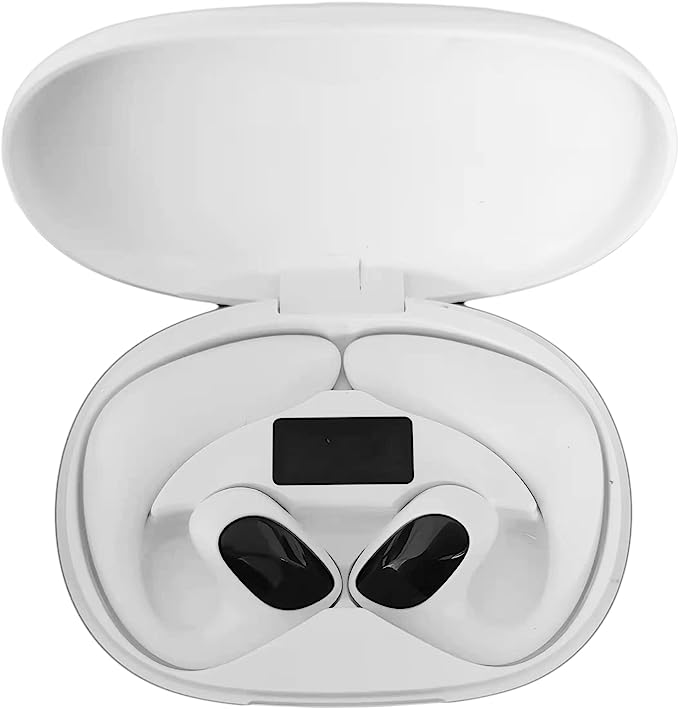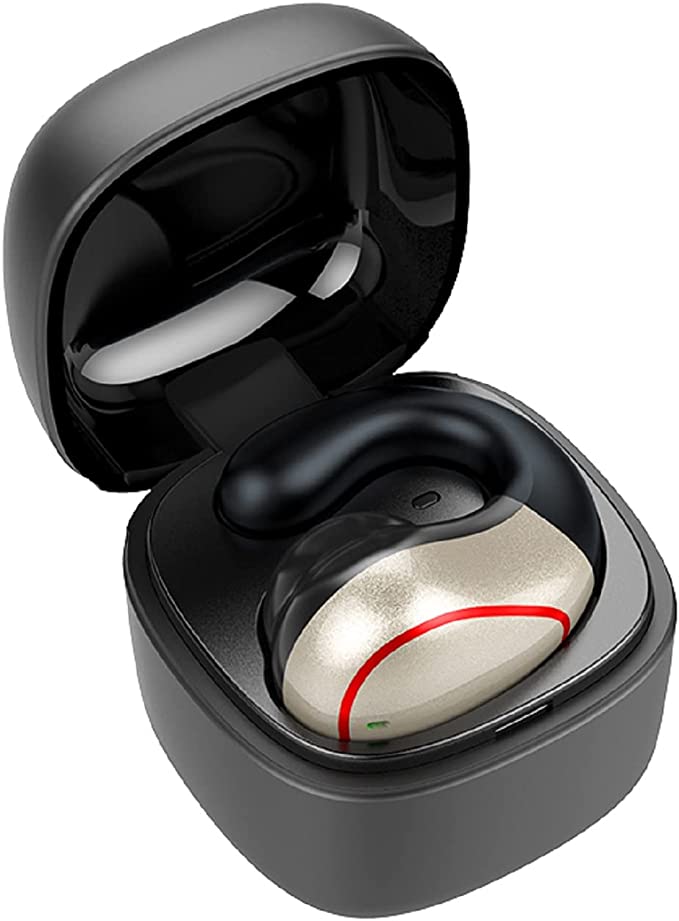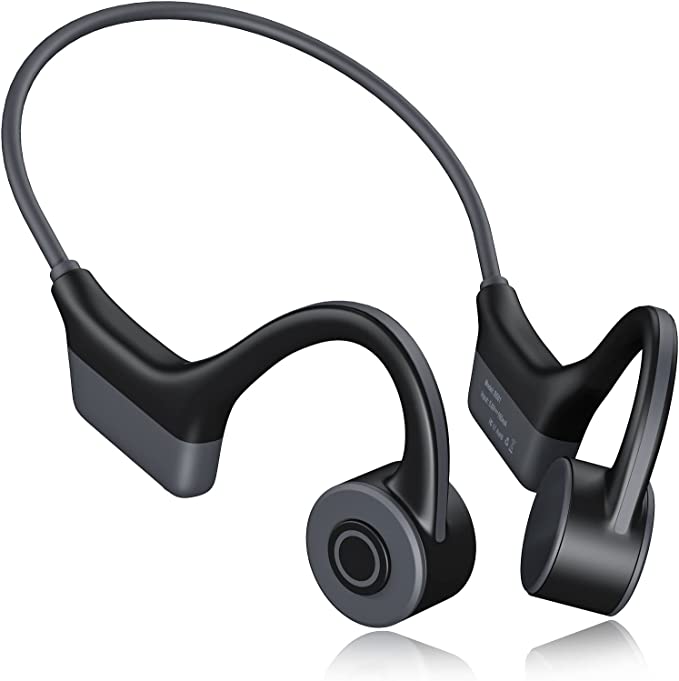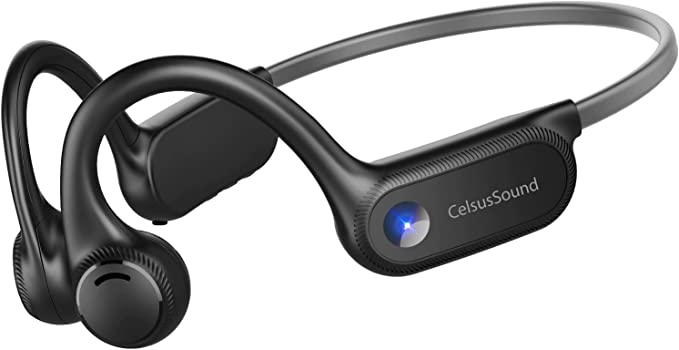TOKANI SYDT Open Ear Headphones: A Budget-Friendly Option for Active Lifestyles
Update on July 2, 2025, 7:08 a.m.
The cyclist’s world was perfect. A seamless synth track from a favorite album pulsed in perfect, noise-cancelled clarity, cocooning him from the city’s chaotic symphony. The hum of traffic, the distant sirens, the chatter of pedestrians—all were banished, replaced by a private, curated reality. It was in this perfect, silent bubble that he glided through an intersection, oblivious to the frantic honk of a car that had just swerved to avoid him. The illusion of a silent road had almost cost him everything.
This scenario, played out daily in cities worldwide, exposes a profound paradox in the evolution of personal audio. For decades, the pinnacle of headphone technology was defined by a single goal: isolation. We engineered walls of sound, first with the iconic Sony Walkman in 1979, which gave us a private world to carry on our belts, and later perfected with active noise-cancellation, which allowed us to completely erase our surroundings. We built these sonic fortresses to focus, to escape, to immerse. But in doing so, we started to lose something vital: our connection to the very world we were moving through.
Now, a quiet but significant counter-revolution is underway. It’s a movement driven by a different philosophy, one that champions integration over isolation. Products like the TOKANI SYDT Open Ear Wireless Headphones are not designed to build higher walls, but to do something far more radical: to open a window.

A Window to the World: The Philosophy of Open-Ear Audio
To understand the concept, it’s crucial to first clarify what it is not. Despite some user confusion, open-ear headphones like the TOKANI SYDT are generally not bone conduction devices, which transmit vibrations through your cheekbones. Instead, they employ a more direct method of air conduction: tiny, precisely aimed speakers rest just outside your ear canal, leaving it completely unobstructed.
The effect is revolutionary. It creates what you might call auditory peripheral vision. Just as your eyes perceive motion and objects at the edge of your sight, your ears remain fully receptive to the ambient sounds of your environment. This design brilliantly leverages a principle known in cognitive psychology as the “Cocktail Party Effect”—our innate ability to focus our listening attention on a single source while still subconsciously monitoring other sounds. Your music or podcast becomes the focal point, while the sound of an approaching bicycle, a child’s shout, or a colleague’s question remains on the periphery of your awareness, ready to be brought into focus when needed. This isn’t a gadget feature; it’s a fundamental shift in design philosophy, moving from a tool of escape to a tool of safe engagement.

Anatomy of the Window: Engineering for Seamless Awareness
If the design philosophy is the window, the technology is its frame, engineered to be as transparent and reliable as possible. Examining the specifications of an entry-level model like the TOKANI SYDT reveals how each component serves this primary goal.
The Featherlight Frame: At a mere two ounces (around 57 grams), the device is built for what ergonomists call “wearable transparency.” The goal is for the technology to disappear, for the user to forget they are even wearing it. This obsessive focus on lightweight design is critical, because any physical discomfort would shatter the illusion of seamless integration between digital audio and ambient reality.
The Unbroken Pane: The stability of the audio stream is paramount. The use of Bluetooth 5.0 is key here. As a standard overseen by the Bluetooth Special Interest Group (SIG), its design goals included improved speed and range, but most importantly for a device like this, enhanced energy efficiency and a more robust connection. This ensures the audio playing through your “window” doesn’t stutter or drop, providing a stable, uninterrupted experience that allows your brain to relax and process both audio streams—digital and analog—without distraction. This efficiency is also what allows a small 120mAh battery to deliver up to five hours of continuous playback.
The Weather-Sealed Gasket: An active lifestyle is unpredictable. The IPX5 rating, defined by the International Electrotechnical Commission’s IEC 60529 standard, provides a specific guarantee. It certifies that the device can withstand low-pressure water jets from any direction. In the real world, this means it is sealed against the corrosive effects of sweat during a strenuous workout and can easily shrug off a sudden downpour, ensuring your auditory window stays open, whatever the weather.

The View and the Echo: Acknowledging the Inevitable Compromises
An open window, however, is a two-way street. It lets the outside in, but it also lets the inside out. The physics of this design lead to inherent compromises that are features of the technology, not flaws.
The most noticeable trade-off is in the audio profile, particularly the bass. This can be explained by a psychoacoustic principle visualized in the Fletcher-Munson curves (and later standardized in ISO 226:2003). These curves show that human hearing is far less sensitive to low frequencies at lower volumes. Because open-ear headphones don’t seal the ear canal to build up acoustic pressure, the bass frequencies, which carry a lot of energy, dissipate into the open air, resulting in a sound that can feel less impactful than what users of traditional earbuds are accustomed to.
The second trade-off is the inevitable “sound bleed.” The sound waves that bring you music also travel outwards, meaning a person sitting next to you in a quiet room will likely hear a faint echo of your audio. This is the price of awareness. You trade a degree of privacy for a profound increase in safety. For the intended user—the runner, the cyclist, the office multi-tasker—it’s a bargain worth making every time. Even the minor annoyances noted by some users, such as an overly sharp notification beep, can be seen as the “cracks in the finish” of an entry-level product, where the budget was focused on perfecting the core function of the open-ear experience itself, rather than refining every firmware detail.
Conclusion: Choose Your Connection
The journey of personal audio has been a fascinating one, from the joyous isolation of the first Walkman to the profound silence of noise-cancellation. Yet, technology often evolves in cycles. The rise of open-ear headphones like the TOKANI SYDT signals a move back towards the center, a recognition that sometimes, the most advanced technology is that which helps us connect more safely and deeply with the world, not escape from it.
These devices are more than just headphones; they are a statement. They suggest that true freedom isn’t found in a perfect bubble, but in the confidence to move through the world with all your senses engaged. As this technology continues to evolve, laying the groundwork for future augmented reality audio where digital information is seamlessly overlaid onto our natural hearing, we are left with a simple but profound choice. When you reach for your audio companion, ask yourself: today, do I need a wall, or do I need a window?

